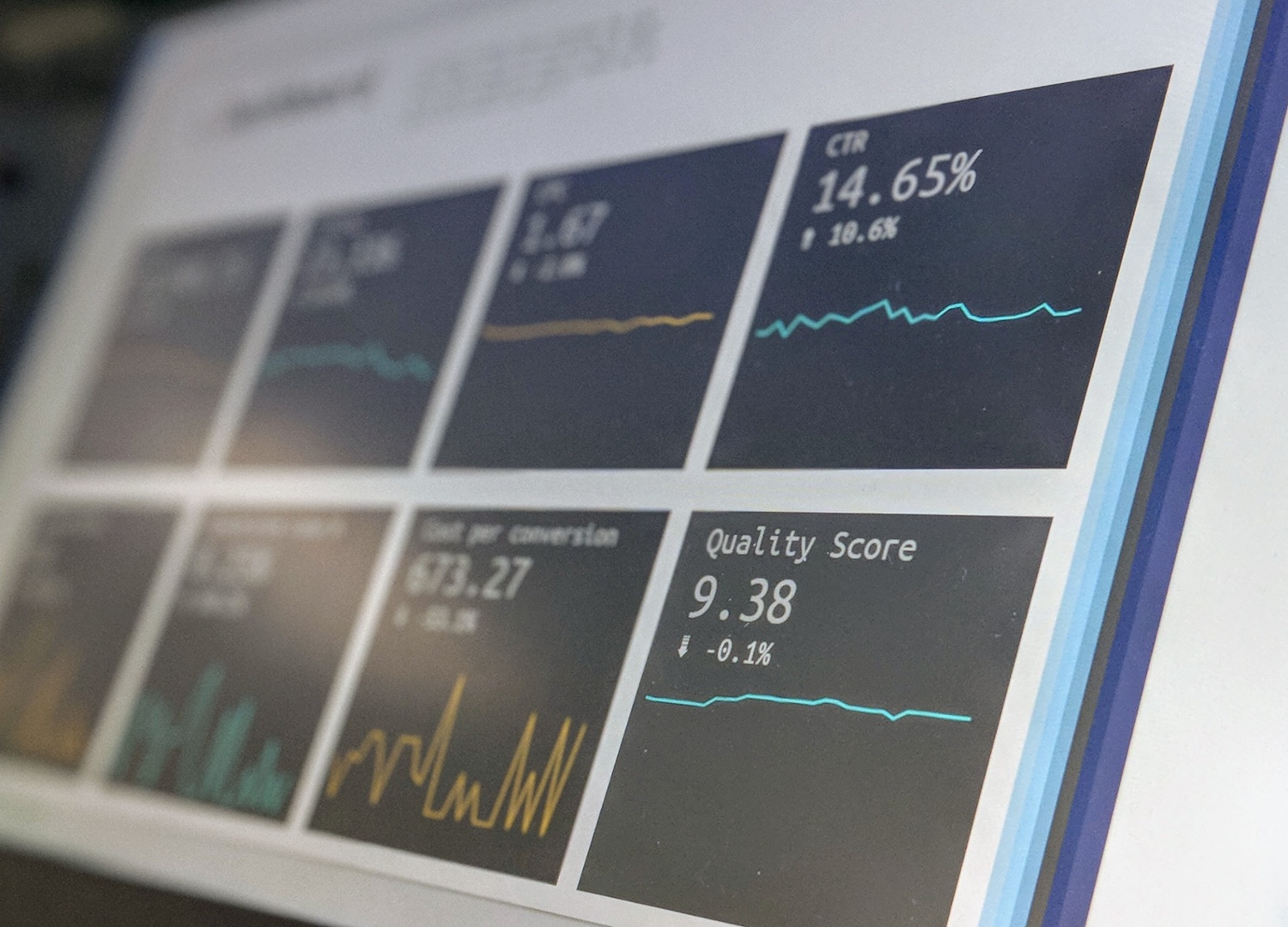
Never lose money6 steps to evaluate potential investment with technical due diligence

Have you ever heard about rules for investing by Warren Buffet? There are only two:
Rule No. 1: Never lose money.
Rule No. 2: Never forget rule No.1.
Easy, right?
Yes, investments are about a profit and there is no reason to hide it. Technical due diligence is what’s going to ensure that you won’t lose money. More specifically, it’s a process of analyzing and evaluating the technology, product, and architecture of a given project.
In the following article, I’ve put together all the necessary factors that will help you determine whether a potential investment is worth your engagement and funds. Be aware that all of the described aspects aim to answer three extremely important questions:
- How easily does the project break?
- Can it make money?
- Can it scale?
No time to waste, let’s dig in.
Table of contents:
Technical due diligence explained
- 6 steps of technical due diligence:
- The things we like the most... (technology itself)
- Technological team
- Workflow & processes
- Product-market fit
- Scalability
- Intellectual property
Summary
You may be wondering what is the point of distinguishing the technical part from other due diligence activities in the first place. After all, each of them seeks to uncover any facts that might significantly impact the investment decision.
It is, of course, true. But think of:
- technical issues that could push out in time expected revenues,
- major risks that could impact the company’s business objectives e.g. security or ability to attract talents,
- aspects that may be underseen by investors, such as a specific technology or tools,
- technological opportunities that could accelerate the product roadmap.
Each of those points is a reason why technical due diligence is a must-have for any project/start-up which is even remotely connected to technology. And they are just a beginning.
6 steps of technical due diligence
The things we like the most…
Technical due diligence is not only about technology per se, but it definitely starts with it. The first step is to determine whether it’s right for a specific solution.
At this stage, you should also examine how technology and product compare with a competitors’ offering. Inspect such aspects as programming languages, databases, app servers, costs, and timetables. Ask not only what solutions have been chosen, but most importantly - why those specifically. Focus on quality. Look into code extensibility and code maintainability.
Let’s move on to an app/project architecture. One question is here extremely important: Does it allow us to easily extend the functionality of a product?
Later comes the time to look closely at the company’s documentation. If a team can’t provide you with one, it’s probably not a place you want to invest your money. For starters, ask for:
- product design documents,
- architectural descriptions,
- API and PoC results,
- operational metrics.
Technological team
The background of people working on a project can tell you a lot about its investment potential. You should take a closer look at an organizational chart with roles, highlighting key players. There are a lot of different factors to take into consideration, e.g.:
- Does the technical team have the right talent at all positions: development, product management, QA, DevOps, system operations, data science, AI?
- What about the retention and workload?
- Does the team have an extension potential?
- Do the hires have the right technology background (whether it’s old/new/popular)?
Let me quickly explain one more term that is very useful during examining the team’s competence and potential.
Team’s bus factor
The bus factor is a number of people that need to be hit by a bus before their project is dead. In other words, it is the minimum number of team members that have to suddenly disappear before the project stalls.
Quite often, projects are arranged in a way that the bus number is 0. It means that one person’s competence is so critical that the project can’t thrive without him or her.
My advice here is to always assume the worst. 0 is a very dangerous number, so is the 1. But everything above 2 looks promising.
Workflow & processes
Having the right people on board is one thing. Managing them in order to create a best-in-class innovative solution requires an efficient system.
This is the step where you verify information about:
- development methodology (Scrum, Waterfall),
- leadership and organization culture,
- the way of communication.
But people’s management is just one side of the workflow. Your goal is to verify if all of the internal processes are effective and cost-efficient, so they can support the constant development of the product. I am talking especially about:
quality assurance,
security testing,
product support,
deployment processes,
performance metrics and KPIs.
Product-market fit
Product-market fit is what happens when the market needs exactly match the capabilities the product delivers. It’s very simple - for a product to make money it has to have users.
Don’t worry, I am not going to waste your time explaining why it’s relevant when it comes to your future investments. Instead, I will direct your attention to indicators that matter the most during the due diligence process.
It may be the most important and most complex step, so don’t panic if it takes a lot of time. To make sure that a product fits the market and has the potential to scale you need to take into consideration three main aspects:
Product Development and User Experience
Is the product already ready to use? How does it perform? Is it user-friendly?
You cannot simply answer those questions with yes or no. But the following activities will help you determine if the answers are satisfactory:
- UX/UI check,
- examining inclusivity/exclusivity of the product,
- verifying uniqueness and irreplaceability of the product,
- evaluating product performance,
- looking for areas of potential improvements,
- analysis of the data quality.
Market research
Does the product idea answer real needs? Will the product find its users?
To find out, conduct:
- deep market analysis,
- competition analysis,
- business strategy and vision validation.
If the product is already making profits, it may be a smart move to invest in it. To determine the company financial state check:
- cash flows,
- cost structure,
- the key financial risks and opportunities,
- the drivers behind maintainable profits.
Scalability
The chosen technology seems to be fine, so is the team. Product-market fit is also not an issue. Almost the last question is here to answer: Can the project scale? And yes, this is a technological matter as well.
During the due diligence process, it is very important to find out how the system operates and what kind of problems can appear when it grows. Consider the following aspects:
- Is the project ready for unexpected growth?
- What problems may appear when it scales? What is the plan for fixing them?
- How must security be tightened up in order to meet the larger number of users, new features, new markets?
Intellectual property
The relevance of this factor is rather obvious. It’s the final assurance that your investment is safe. Check carefully:
- all essential patents: those which protect the IP and give the project freedom to operate,
- list of the third-party components that are a part of your software, including free and open-source components and commercial libraries,
- compliance with the licensing of all of the third-party and open source components.
Summary
Technical due diligence is the richest source of information about a digital solution for potential investors and VC’s. No wonder it’s an extremely complex process that needs to be conducted with a set of certain skills and knowledge. It’s going to take time, but in the end, it’s the only way to decide whether a project has the potential to bring real profits.
If you want to make sure it’s done precisely and are looking for a partner in this challenging and important operation, learn more about us and our approach to due diligence.
